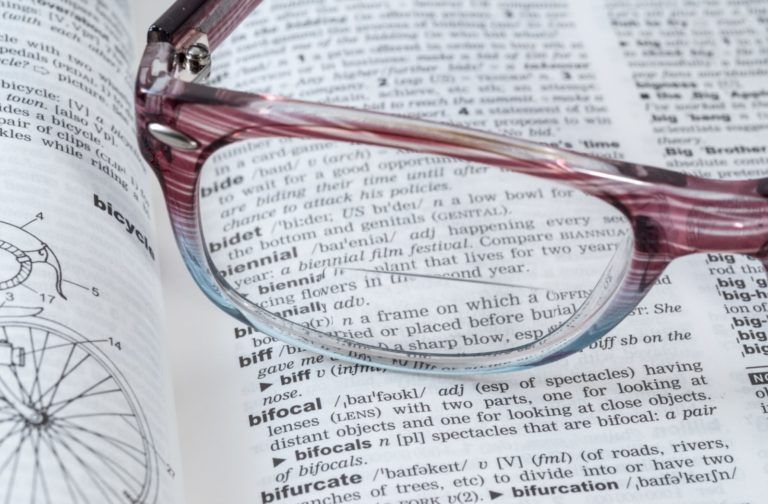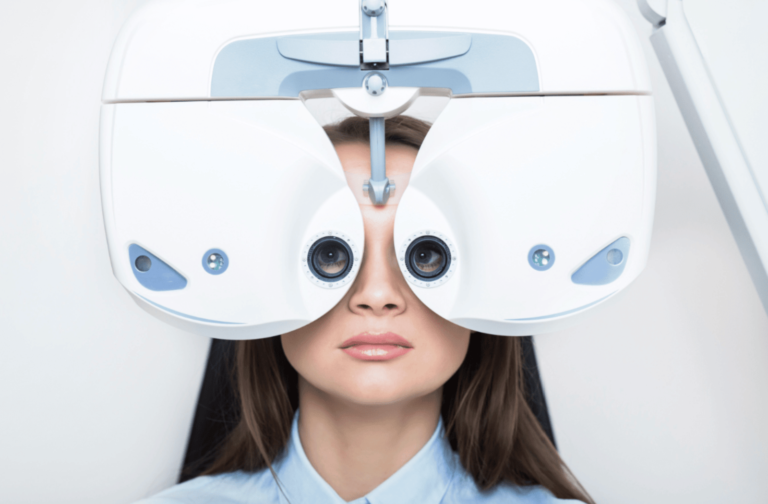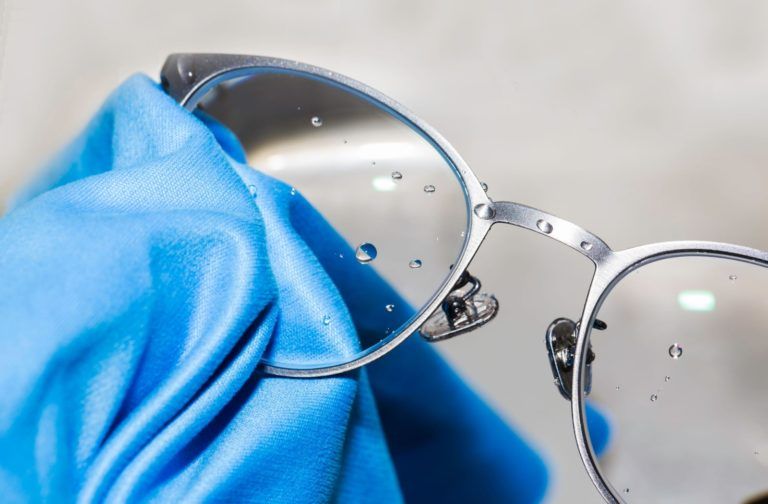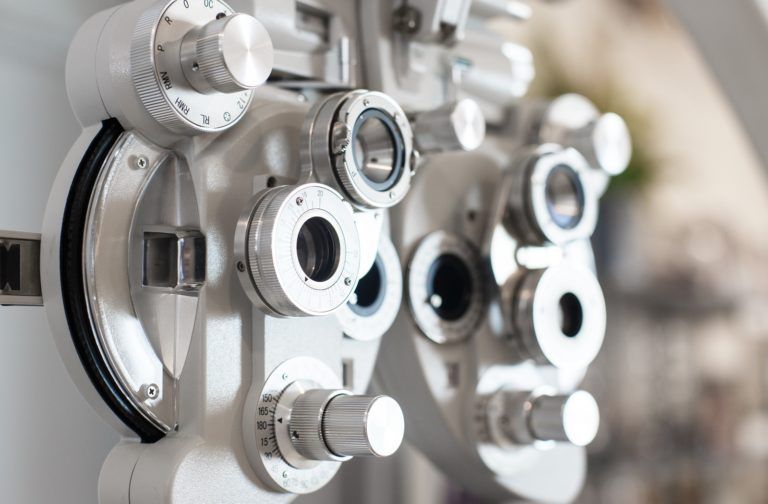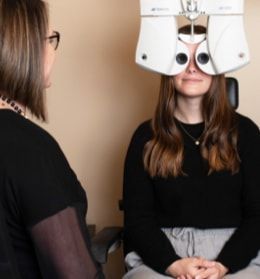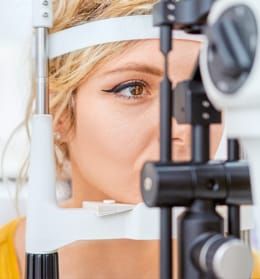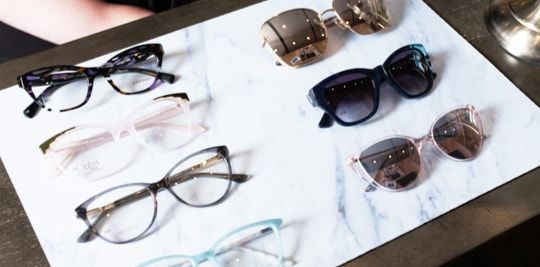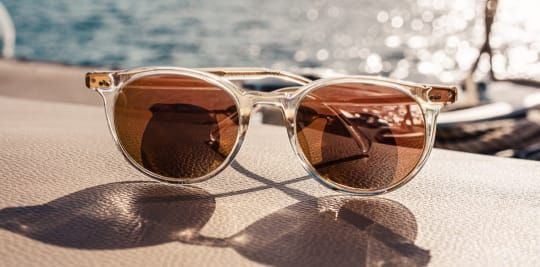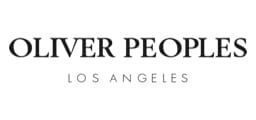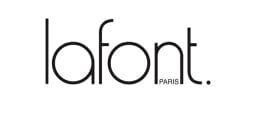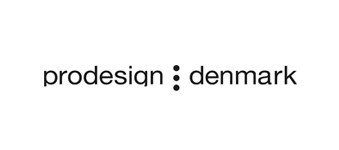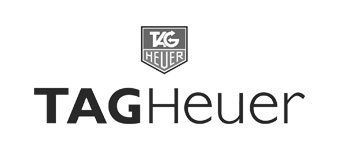Correcting your vision requires a prescription unique to you. If you wear glasses, contacts, or both interchangeably, your optometrist will write 2 separate prescriptions because eyeglass and contact lens prescriptions are different. While both prescriptions correct the same vision problems, they’re tailored to their unique lens type.
Glasses
Most people with refractive errors wear glasses at some point. Glasses are a staple whether you’re giving your eyes a rest from contacts or they’re part of your everyday wardrobe.
Today eyeglass frames are more stylish than ever, and lens technology has made modern frames sleek and lightweight. Glasses are available in 2 primary types: single-vision and multifocal lenses.
Single-vision lenses help correct one vision issue, either distance or near, but multifocal lens technology is available if you struggle to see from multiple distances. Our experienced opticians can help you choose the best lens type for your lifestyle. A few of our multifocal options are:
Your Contact Lens Prescription Explained
Many people assume glasses and contact lens prescriptions are the same. However, they have different lens powers, and you can’t use an eyeglass prescription for contact lenses.
Your glasses sit further away from the eye than contact lenses, while contacts rest directly on the eye. This difference means your contact lens prescription requires a different lens power to help you see clearly.
Your contact lens prescription has extra specifications determined by the measurements your optometrist takes during your exam. These measurements ensure a comfortable fit for your lenses.
How Often Should You Have a Contact Lens Exam?
You’ll need a contact lens exam every year if you wear contacts. Your contact lens prescription generally lasts for one year, and you need an additional exam to renew it so you can refill your lens order.
Contact lenses introduce more risks to your eyes than glasses, so your eye doctor needs these exams to look for potential problems or changes in your vision.

What Happens During Your Contact Lens Exam?
Your contact lens exam and fitting are similar to a comprehensive eye exam, except it features a few extra steps. Your eye doctor needs to determine the right contacts for your needs and what size of lenses you require.
Your contact lens exam includes patient history, eye measurements, tear film evaluation, and a trial period afterward.
Patient History
Similar to your regular eye exam, a contact lens exam includes a discussion with your optometrist. They’ll ask you several questions about your medical history, including family history, lifestyle, work and home life, and your previous experiences with contact lenses.
These questions help your optometrist learn how your eyes will handle contact lenses and what lenses may be ideal for your vision needs.
Eye Measurements
Contact lenses differ from glasses because they require several eye measurements to find the proper fit. They need these measurements due to the risk of complications associated with poorly fitted contact lenses. Contacts can hold too tight or loose, causing potential damage and further complications.
During your contact lens exam, your eye doctor measures your cornea to determine the right size and curve for your contact lenses. These measurements can also identify any irregularities in the eye caused by astigmatism. Additionally, pupil and iris measurements help your eye doctor find the ideal contact lenses for your needs.
Tear Film Evaluation
A tear film evaluation is another essential aspect of your contact lens exam. Your tear film consists of 3 layers (mucus, water, and oil) that hydrate and protect your eye’s surface, creating the tears that spread across the eye when you blink. Each layer of the tear film has a different purpose.
The mucus layer helps tears spread evenly across the eye and keeps them fastened to the eye’s surface. The water layer helps moisten and protect the eye from bacteria and debris. The oil layer prevents tears from evaporating too quickly.
The tear film is crucial when fitting contact lenses. Issues with your tear film can make contact lenses difficult or uncomfortable to wear and can worsen dry eyes. Your eye doctor will assess your tear film to see if your eyes will stay hydrated when wearing contacts.
Trial Period
After completing their examination, your eye doctor will recommend the contact lenses they feel best meet your vision needs. You don’t need to commit to these lenses right away—you’ll receive a pair of trial lenses to see how they fit and give you a chance to get used to them before committing.
After the trial period ends, you’ll have a follow-up appointment or phone call to assess how your contacts are working for you. Additionally, our expert staff will teach you to insert and remove your lenses and maintain them to avoid potential infections and damage.
Get the Right Prescription
Whether you need updated frames and lenses for the season or need sharper vision in your contact lenses, reach out to us at McCulley Optix Gallery for an eye exam or contact lens fitting to get both prescriptions you need. We can help you find contact lenses to suit your needs or stylish frames to elevate your look.
Posted in Contacts, Eyewear, Frames & Lenses
Recent Posts


Categories


Written by Dr. Melissa McCulley
Dr. McCulley graduated with honor from Boston College in 1997 with a bachelor of science and a major in Spanish and pre-medical studies. She then went on to study optometry and graduated with honors from the Southern College of Optometry in 2001. She has past experience from the University of Minnesota Department of Ophthalmology fitting specialty contact lenses and working with low vision patients. Dr. McCulley is experienced in pediatrics and has a keen interest in treating dry eye.


